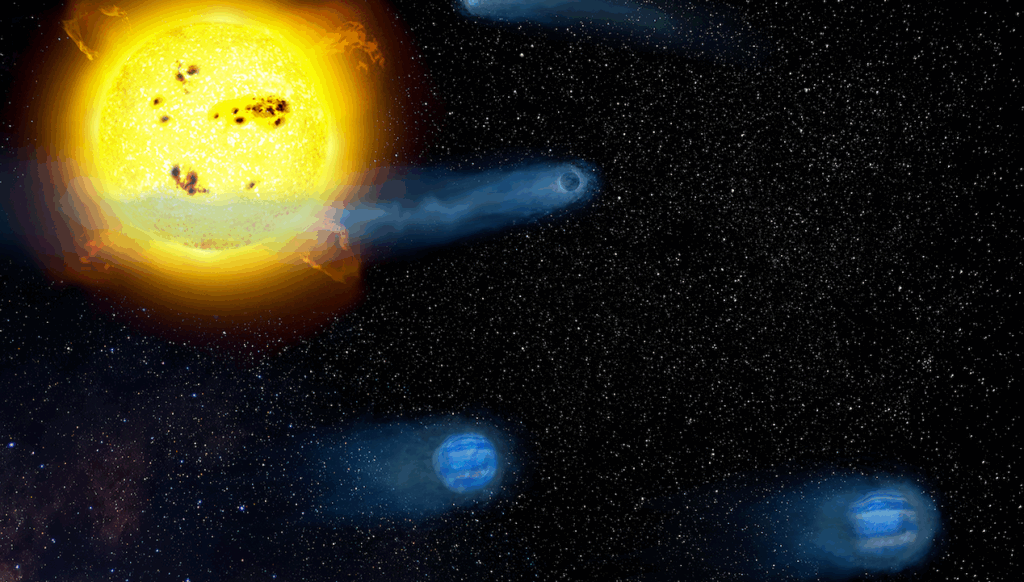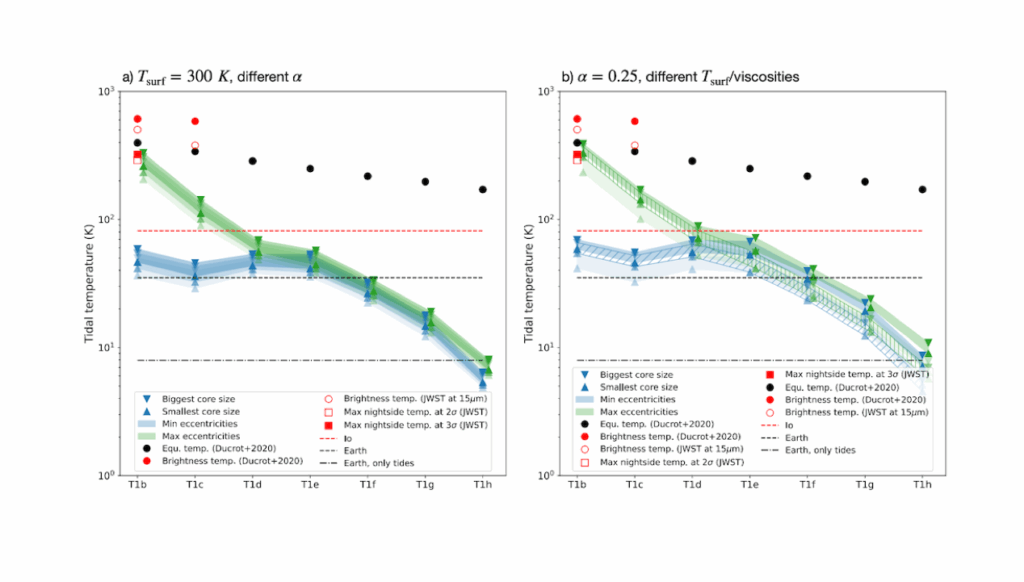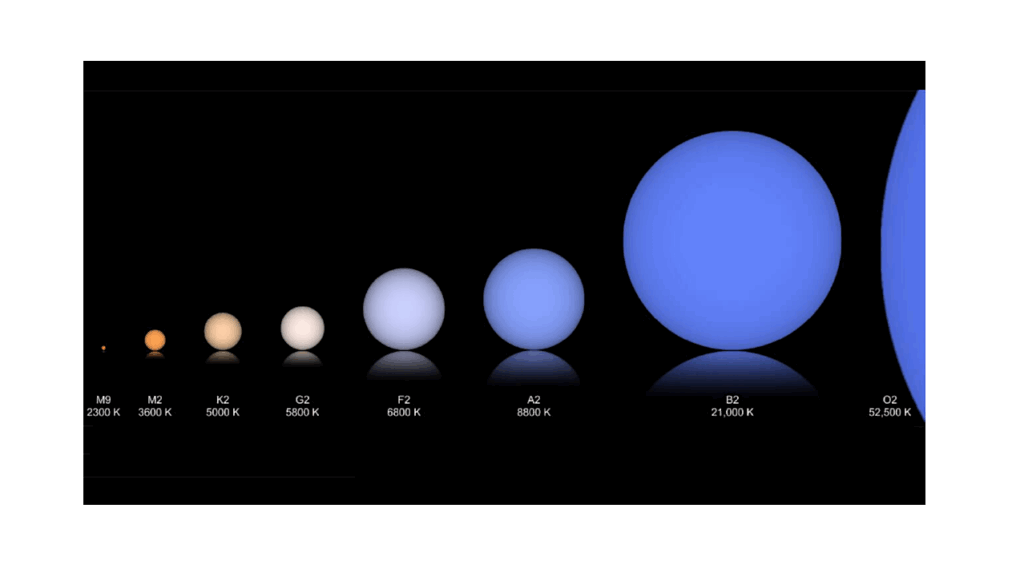Two Suns May Be Better than One for Planetary Habitability

An International Collaboration of FACom researchers and astronomers of the University of Texas (El Paso) and New Mexico State University have discovered a physical mechanism that could make binary stars more hospitable to habitable planets than single stars.
The discovery could imply a modification in the estimations of the number of planets potentially harboring life in the galaxy and in the future selection of targets for the search of life elsewhere.
Habitability is the term astronomers use for referring to the general condition a planet must fulfill in order to be suitable for life. It has been customary to think that habitability is determined mainly by the amount of light a planet receives from its host star. If the planet receives too much light it is too hot and water will be boiling in its atmosphere (if it has one). On the other hand, if the planet is too far and light from the star shines weakly, the surface is too cold and water becomes frozen. In the middle between these extremes lies the so called “radiative habitable zone” also nicknamed the “Goldilocks Zone.”
But planets in the Goldilocks Zone need to meet other conditions to be considered actually habitable. One of the most important is having a dense and wet atmosphere where heat could be trapped and water could condense at the surface. But preserving an atmosphere is a real challenge for a young planet. During the early days of stellar and planetary systems, the space around stars becomes full of high energy radiation (extreme ultraviolet light — EUV and X-rays). This high energy light is produced by the young and rapidly rotating newborn star. To put it in perspective, if you think that magnetic activity of our present Sun is high or you have seen that huge sunspots that could cover from time to time a fraction of the surface of our middle-age star, you can not imagine how the situation was when the Sun was a young star and rotated probably 5 times faster. Fortunately as the star ages, rotation is reduced by the action of stellar magnetic fields and because of the loss of rotation along with mass from the stellar atmosphere. With enough time stars become magnetically quiet and more hospitable to planets.
Venus and Mars were probably victims of these violent times. Both probably lost their capability to support life while Earth passed the test. The magnetic field of the planets could play a central role in this process. Venus was probably too close to the Sun and less magnetically protected so that its atmosphere was bloated and eroded during the first couple of eons. Under these circumstances Venus’s water slowly escapes to space from an atmosphere inflated by the initial high energy radiation of the Sun. The fate of Mars was even worse. With a smaller mass and hence a smaller gravitational field, the red planet could not withstand the direct erosion of the early solar wind and lost most of its gaseous envelope.
But, where do binaries fit in this story?
Habitability of planets around binary stars (systems formed by two stars orbiting a common center of mass) are subject to similar conditions as described before in the case of single stars. However, a new mechanism may exist among binary stars, not present in single stars, enhancing (or reducing) the conditions for habitability in this type of stellar environment.
Today, Prof. Jorge Zuluaga and Pablo Cuartas, researchers of FACom and faculty members of the Institute of Physics at the University of Antioquia, together with astronomers Paul A. Mason and Joni Clark of the University of Texas at El Paso (UTEP) and New Mexico State University, released a paper explaining the mechanism that could make some binary systems, ideal places for the search of habitable planets. The paper, which has been accepted for publication in a forthcoming issue of the Astrophysical Journal Letters, is led by Mason who has been collaborating with the Colombian team during the last 6 months, after becoming familiar with the most recent papers by Zuluaga, Cuartas, and their collaborators in Medellin concerning the influence of magnetic fields in planetary habitability.
In essence the mechanism discovered by Mason et al. is relatively simple. Binary stars attract each other to their center of gravity but also deform mutually due to the action of the so-called tidal forces. It is well known that tidal forces could also brake the rotation of the bodies involved. The best documented case is that of our Moon, which has reduced its rotation rate due to tidal forces from Earth to the point that it spins as slowly as it revolves around the Earth (approx. 27 days). This is why the Moon always shows the same face to the Earth. This phenomenon is called tidal synchronization and is a common feature among moons, close-in exoplanets, and of-course binary star systems.
If the stars in a binary system are synchronized from the very beginning and at the same period of translation in their orbits (of the order of 15 to 30 days), activity of young stars in those systems could be substantially reduced. In other words, very young stellar components of tidally synchronized binaries could look like grown-up quiet stars, at least in terms of rotation and hence magnetic activity. This effect has been called by the researchers “rotational aging.”
The benefits of an early rotational aging are evident: planets could receive much less high energy radiation at the beginning of their evolution, probably preserving their gaseous envelopes and/or their inventory of water. If this would have happened in the solar system, Venus probably and perhaps also Mars would be presently habitable.
Mason, Zuluaga, Clark, and Cuartas have applied these ideas to evaluate the case of all the binary systems with known planets discovered by Kepler space telescope. In total six binary systems with circumbinary planets (planets orbiting the two stars) have been discovered so far: Kepler 16, Kepler 34, Kepler 35, Kepler 38, Kepler 47, and Kepler 64. They found that at least three systems — Kepler 34, Kepler 47, and Kepler 64 — could be very hospitable to planets because one or both the components are tidally synchronized and hence its activity has been reduced below the level of single stars of the same age. Kepler 34 could even harbor more than one habitable planet inside its Goldilocks Zone. Formed by two almost identical stars with a similar size as the Sun, the stars in the Kepler 34 system have the right stellar separation and orbital eccentricity to have almost all its radiative habitable zone free of damaging X-ray and EUV radiation almost from the very beginning.
But not everything is perfect. Some binaries, especially those having close-in orbits or low-mass stars, could be synchronized to very high rotational velocities. In that case the star will be essentially “forever young” in terms of magnetic activity. This implies that the violent phases could be extended beyond what we normally see in single stars. As a result these binary systems could be very inhospitable despite the fact you can define a Goldilocks Zone in terms of stellar insolation. Kepler 16 is a system having this property. The system, whose potential to harbor habitable worlds has been recently studied, could have planets in its radiative habitable zone but probably they are devoid of an atmosphere or have been desiccated already, akin to Venus and Mars in the solar system.
So, the next time you hear about binary systems having circumbinary planets, don’t think about strange astrophysics, but rather, think about there is a good chance of finding habitable planetary systems.
Contact:
Dr. Jorge Zuluaga
[email protected], [email protected]
+57 4219 5661
Reference:
http://arxiv.org/abs/1307.4624
Further information:
http://astronomia.udea.edu.co/binary-habitability








